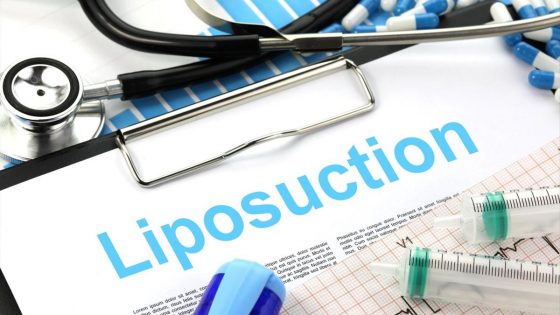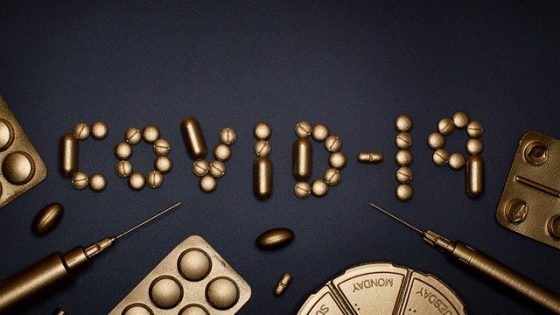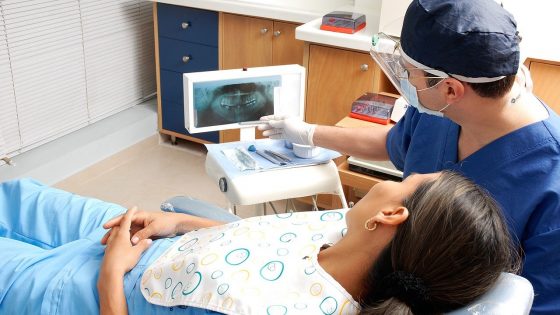CAD
A disease in which there is a narrowing or blockage of the coronary arteries (blood vessels that carry blood and oxygen to the heart). CAD is usually caused by atherosclerosis (a buildup of fatty material and plaque inside the coronary arteries). The disease may cause chest pain, shortness of breath during exercise, and heart attacks. The risk of CAD is increased by having a family history of CAD before age 50, older age, smoking tobacco, high blood pressure, high cholesterol, diabetes, lack of exercise, and obesity. Also called coronary artery disease and coronary heart disease.
cadmium
A metallic element that occurs naturally in tiny amounts in air, water, soil, and food. It is a byproduct of zinc refining and is used to make batteries, pigments, plastics, alloys, and electroplate. It is also found in tobacco and tobacco smoke. Exposure to high levels of cadmium may cause certain cancers and other health problems.
CAF
An abbreviation for a chemotherapy combination used alone or together with other therapies to treat breast cancer. It is also being studied in the treatment of other types of cancer. It includes the drugs cyclophosphamide, doxorubicin hydrochloride (Adriamycin), and fluorouracil. Also called CAF regimen.
CAF regimen
An abbreviation for a chemotherapy combination used alone or together with other therapies to treat breast cancer. It is also being studied in the treatment of other types of cancer. It includes the drugs cyclophosphamide, doxorubicin hydrochloride (Adriamycin), and fluorouracil. Also called CAF.
caffeine
A substance found in the leaves and beans of the coffee tree, in tea, yerba mate, guarana berries, and in small amounts in cocoa. It can also be made in the laboratory, and is added to some soft drinks, foods, and medicines. Caffeine increases brain activity, alertness, attention, and energy. It may also increase blood pressure, heart rate, breathing rate, and the loss of water from the body in urine.
calaspargase pegol
A drug used with other drugs to treat acute lymphoblastic lymphoma in children and young adults aged 1 month to 21 years. Calaspargase pegol is a form of the drug L-asparaginase that is linked to a substance called SC-PEG, which makes the drug stay in the body longer. L-asparaginase is an enzyme taken from the bacterium Escherichia coli (E. coli). It breaks down the amino acid asparagine and may stop the growth of cancer cells that need asparagine to grow. Calaspargase pegol is a type of protein synthesis inhibitor. Also called Asparlas, EZN-2285, and SC-PEG E. coli L-asparaginase.
calbindin
A group of proteins that bind calcium and move it into cells. Calbindins are found in many different tissues in the body.
calcification
Deposits of calcium in the tissues. Calcification in the breast can be seen on a mammogram, but cannot be detected by touch. There are two types of breast calcification, macrocalcification and microcalcification. Macrocalcifications are large deposits and are usually not related to cancer. Microcalcifications are specks of calcium that may be found in an area of rapidly dividing cells. Many microcalcifications clustered together may be a sign of cancer.
calcinosis
A condition in which abnormal amounts of calcium salts are found in soft tissue, such as muscle.
calcitonin
A hormone formed by the C cells of the thyroid gland. It helps maintain a healthy level of calcium in the blood. When the calcium level is too high, calcitonin lowers it.













